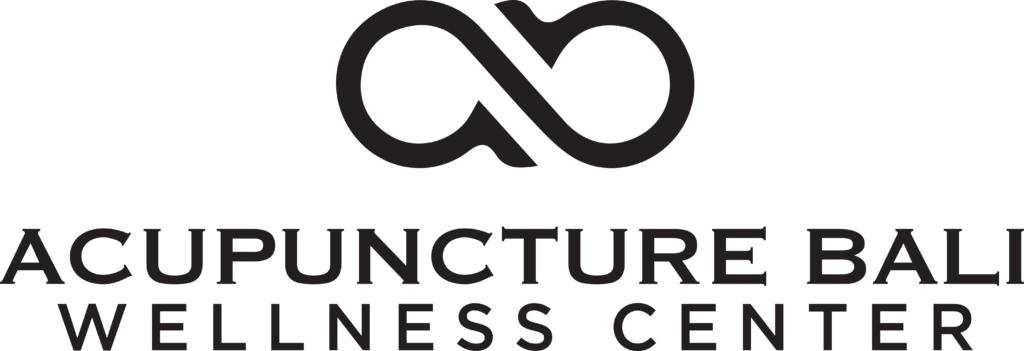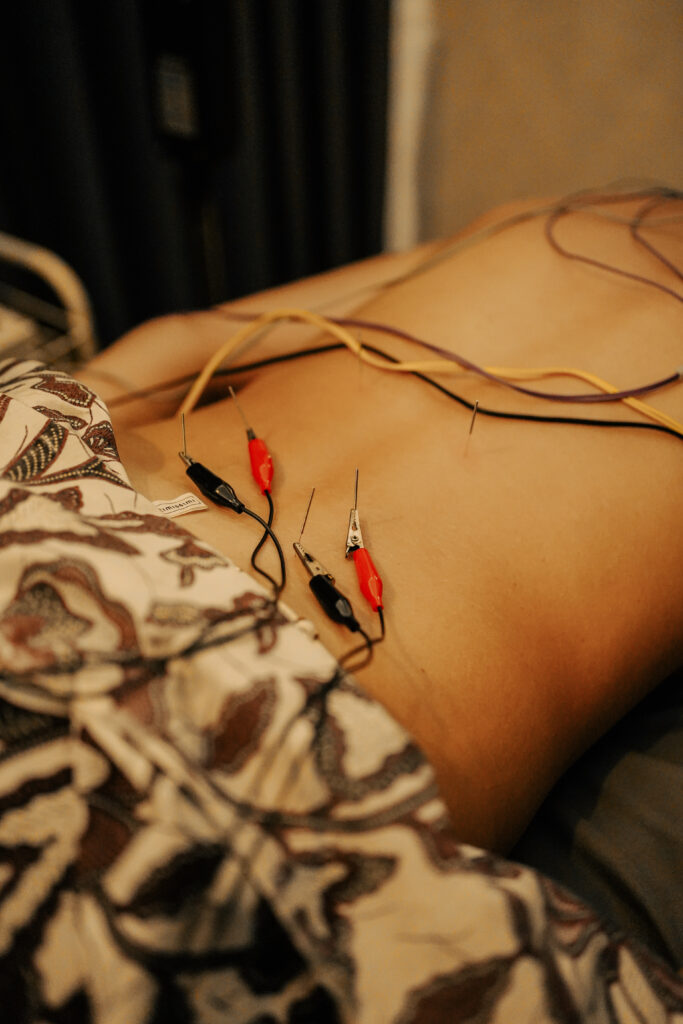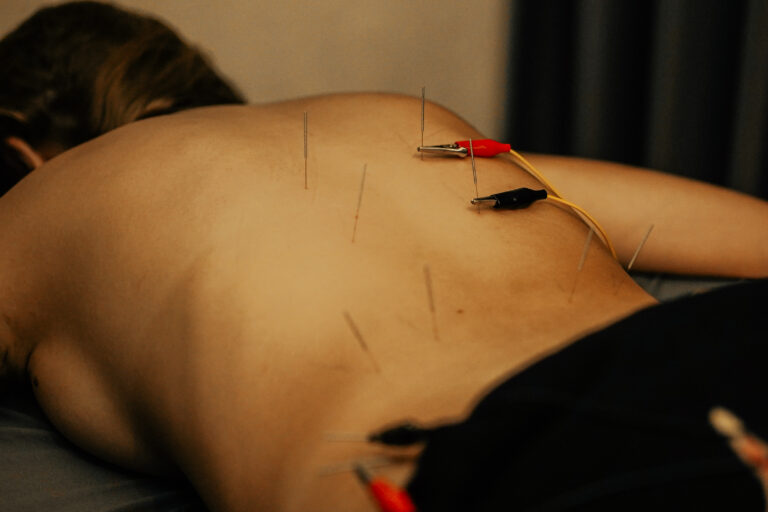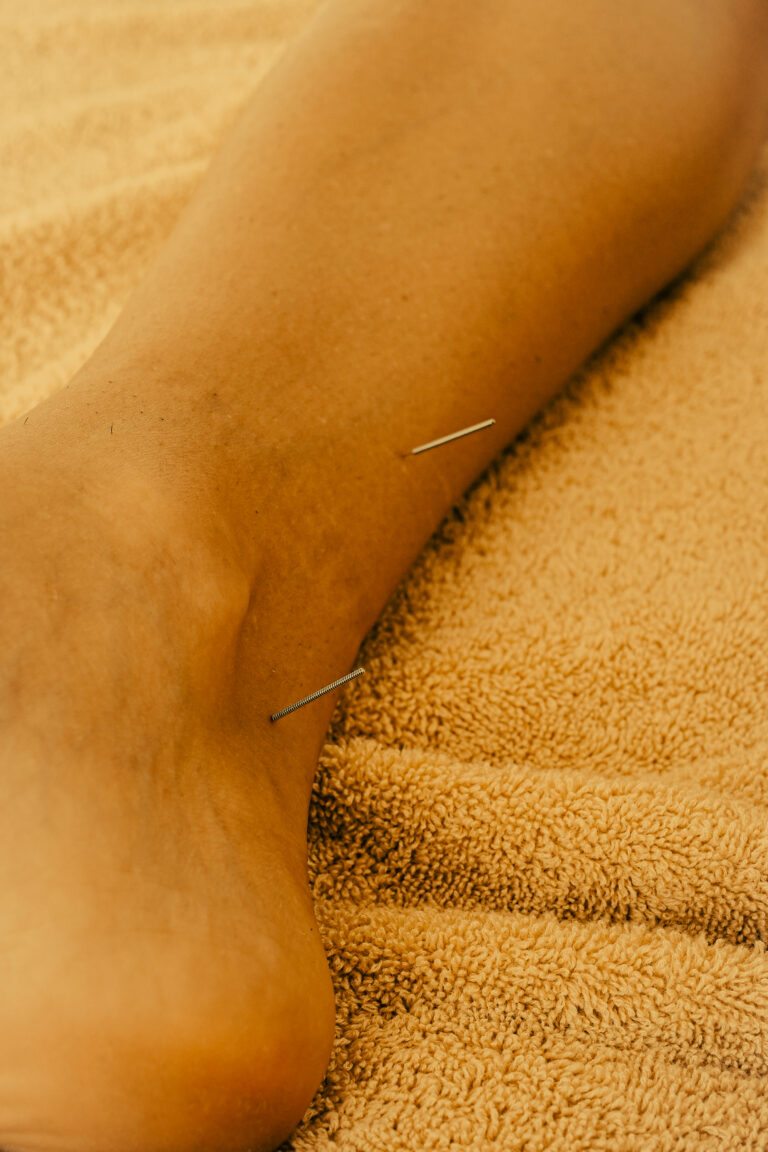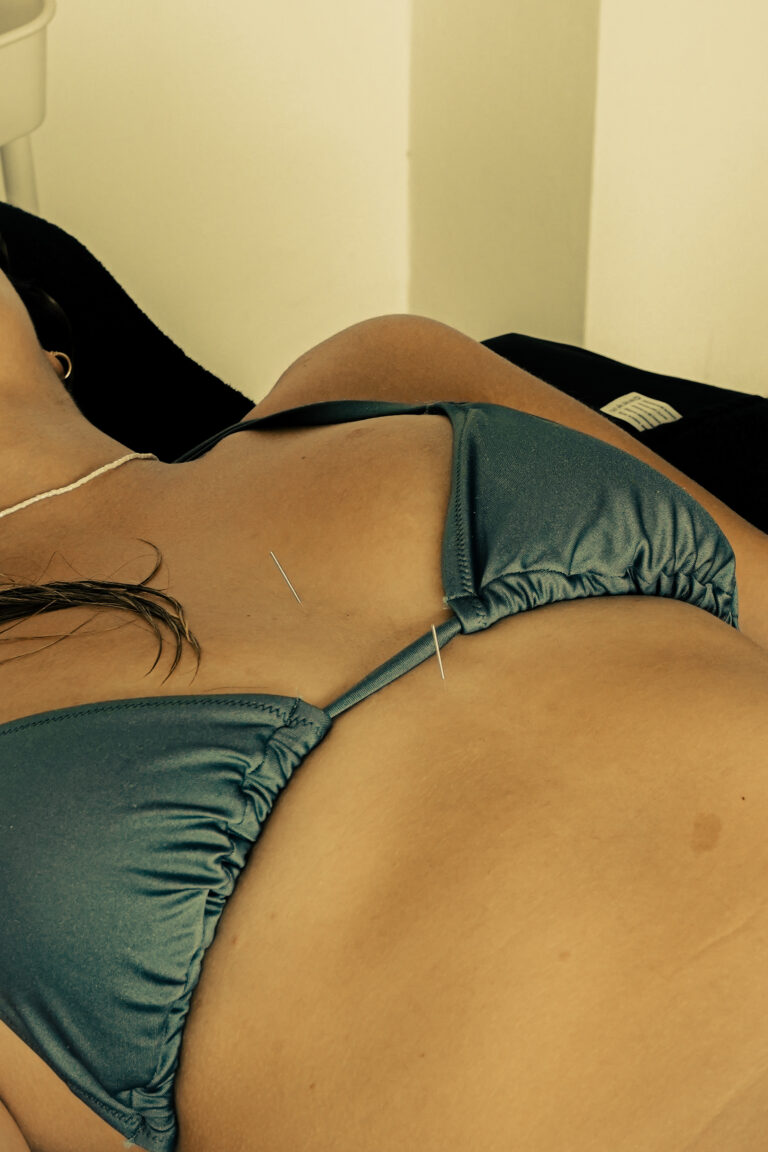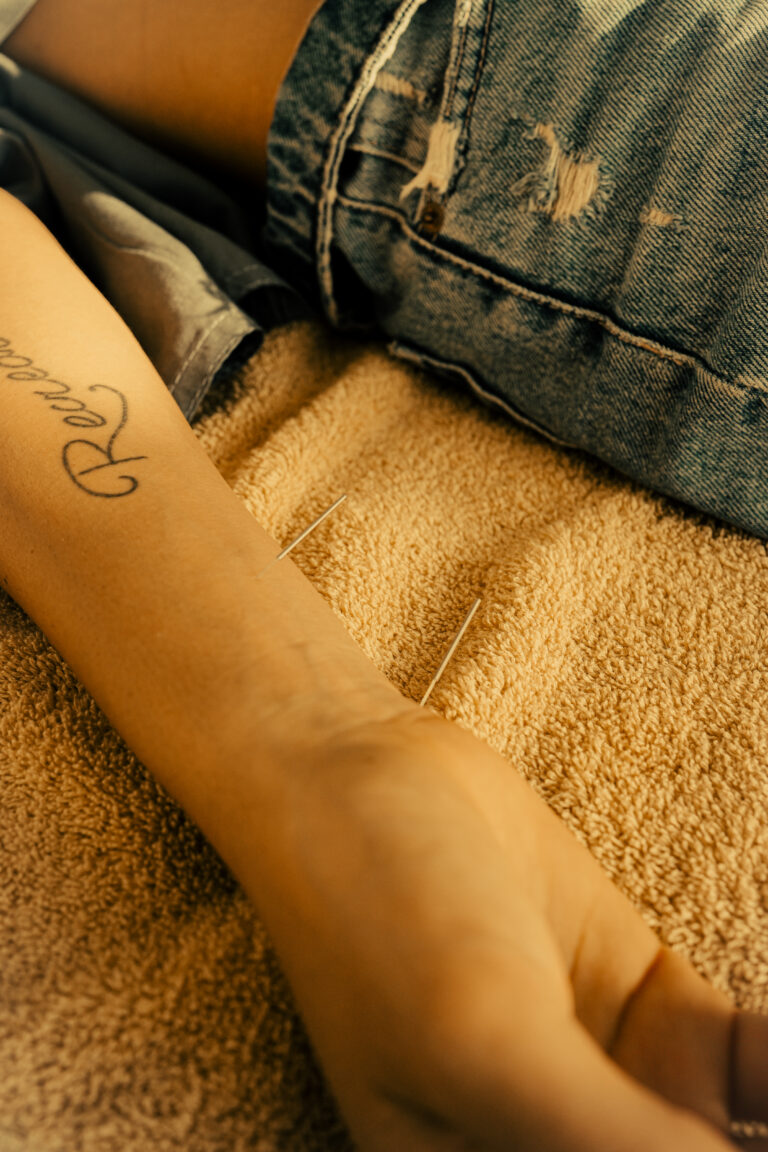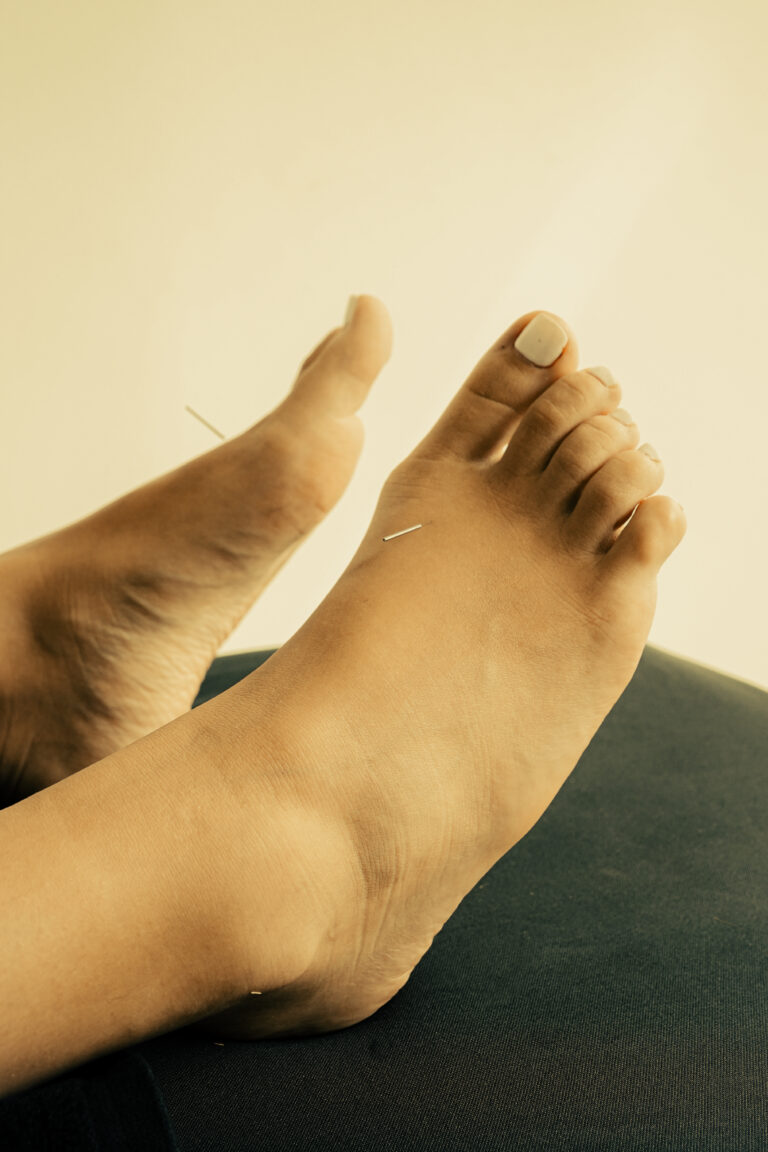In modern life, many people treat low back pain with painkillers, massages, or rest — only to find the pain keeps coming back. While these approaches can bring short-term relief, Traditional Chinese Medicine (TCM) offers a completely different way of seeing and solving the problem — by addressing the root cause.
In TCM, low back pain isn’t just a muscle issue. It’s often a reflection of deeper imbalances in your organs, Qi (energy), and even your lifestyle and emotions.
Why the Same Pain Returns: Root vs. Symptom
Conventional approaches often treat where it hurts. TCM asks why it hurts.
In Chinese Medicine, recurring pain usually means there’s an unresolved disharmony inside the body. If your lower back pain keeps flaring up — especially during cold weather, after long workdays, or when you’re stressed — TCM practitioners see this as a sign that certain organ systems (like the Kidneys, Liver, or Spleen) are not functioning optimally.
Just like a tree with drooping leaves often has root problems, back pain is often a surface symptom of internal imbalance.
Key TCM Causes of Recurrent Low Back Pain
1. Kidney Deficiency (Shen Xu)
In TCM, the Kidneys store the Essence (Jing) and govern the bones and lower back. If Kidney Yin or Yang is weak (often from aging, overwork, or stress), the lower back loses strength and nourishment.
- Kidney Yang Deficiency: Dull, cold back pain that’s worse in the morning or with cold weather. May include fatigue, cold feet, and frequent urination.
- Kidney Yin Deficiency: Achy or burning back pain that gets worse at night. Often comes with night sweats, dry mouth, or restlessness.
2. Qi and Blood Stagnation (Qi Zhi, Xue Yu)
When Qi (energy) and Blood don’t flow smoothly, pain develops — especially sharp or stabbing pain that’s fixed in one place.
Often caused by injury, poor posture, or emotional tension, this type of pain feels worse with pressure or rest, and better with movement or warmth.
3. Cold-Damp Invasion
Ever notice your pain worsens on rainy or cold days? In TCM, external factors like wind, cold, or dampness can “invade” the lower back and block circulation of Qi and Blood.
Symptoms include stiffness, heavy sensations, and pain that improves with heat.
Treatment Principles in TCM
A TCM practitioner doesn’t just look at your spine — they assess your overall energy balance through tongue, pulse, symptom history, and lifestyle.
Treatment often combines:
- Acupuncture: To move Qi and Blood, relieve tension, and nourish the Kidneys
- Cupping: To release stagnation and relax the muscles
- Moxibustion: To warm the area and boost Yang if Cold is present
Diet & Lifestyle Tips (TCM-Based)
A few adjustments can make a big difference in preventing recurrence:
- Eat warming, nourishing foods: Bone broth, black sesame, walnuts, lamb, ginger, goji berries — all support the Kidneys.
- Avoid cold/raw foods: These can weaken digestion and worsen Cold-Damp.
- Stay warm: Especially around your lower back. Avoid exposing it to wind or sleeping under cold air.
- Gentle movement: Qigong, Tai Chi, or walking helps prevent stagnation.
- Proper rest: Sleep before 11 PM supports Kidney restoration.
Acupressure Points for Daily Relief
Try these acupressure points for 1–2 minutes each day:
1. Shenshu (BL23 – Kidney Shu Point)
Location: 1.5 cun lateral to the lower border of L2.
Effect: Strengthens the Kidneys, eases low back pain.
2, Yaoyangguan (DU3 – Lumbar Yang Gate)
Location: On the spine, below the L4 vertebra.
Effect: Supports lumbar strength, relieves Cold-Damp.
3. BL40 (Weizhong – Middle of the Crook)
Location: Behind the knee crease.
Effect: Benefits the back, clears pain and stiffness.
Conclusion
If your low back pain keeps coming back, it’s time to stop fighting the symptoms and start listening to the message. TCM sees pain not as the problem, but as a signal.
By treating the root — not just the pain — acupuncture and Chinese Medicine offer a long-lasting, body-wide solution. Whether you’ve had pain for months or years, the answer may not lie in another scan, but in a deeper understanding of your body’s balance.
Ready to break the cycle? A personalized TCM approach could be the long-term solution your back has been asking for.
Sources:
- Giovanni Maciocia. The Practice of Chinese Medicine, Elsevier (2008).
- Deadman, P., Al-Khafaji, M., & Baker, K. A Manual of Acupuncture. Journal of Chinese Medicine.
- Flaws, B. & Sionneau, P. The Treatment of Modern Western Medical Diseases with Chinese Medicine. Blue Poppy Press.
- NIH NCCIH: https://nccih.nih.gov
- WHO. Acupuncture: Review and Analysis of Reports on Controlled Clinical Trials (2003)
